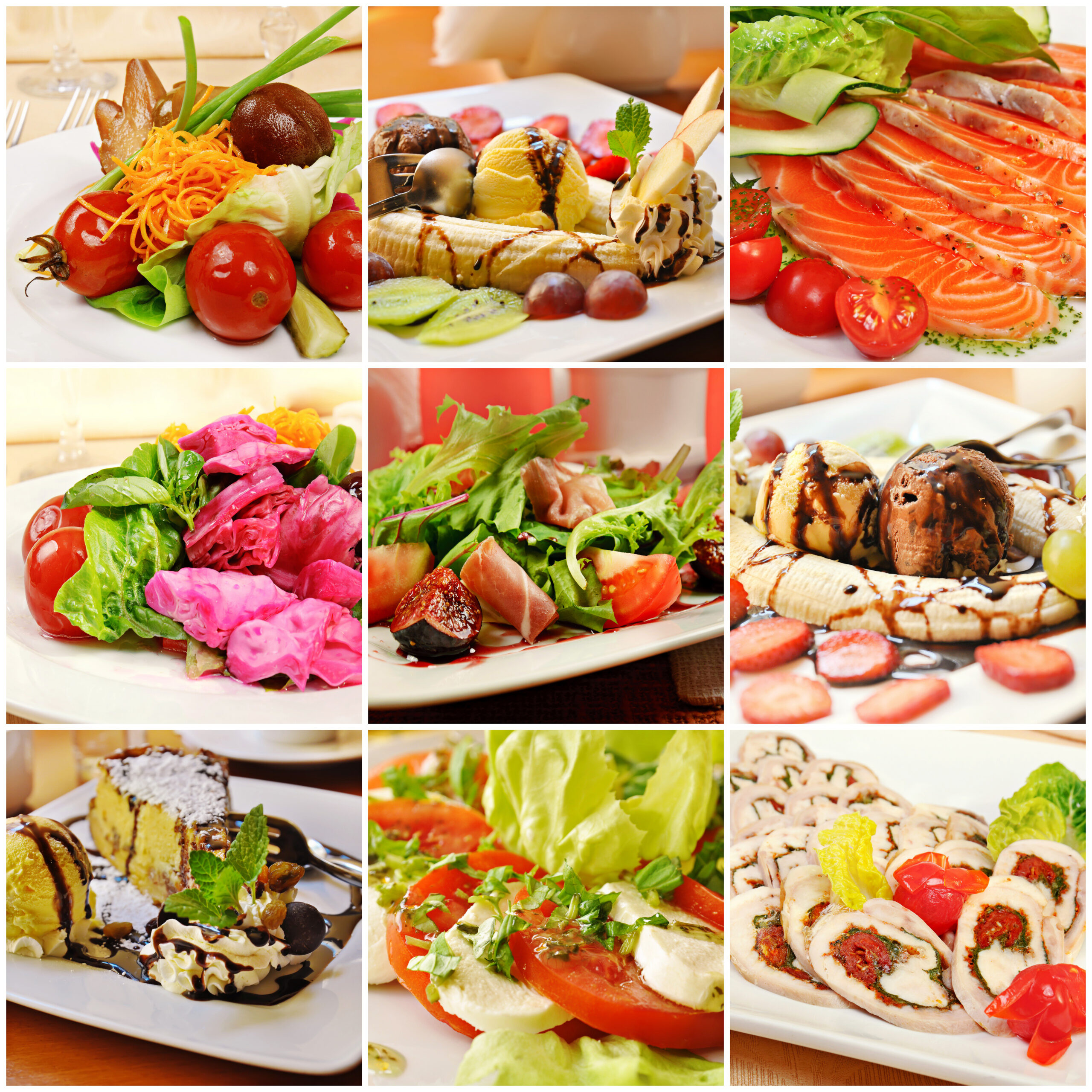The Five Food groups have been used as a model for a long time to support a healthy food intake. The second dietary guideline recommends a wide variety of nutritious foods from the five food groups every day. What does this mean?

The goal of eating well is to enjoy a variety of nutritious foods from each of the five food groups. Foods are grouped together as they provide similar key nutrients. For example, the key nutrients of the dairy group include calcium and protein, while the fruit and vegetable groups are good sources of vitamin C.
The Five Food groups
- Vegetables
- Fruits
- Grains (cereal) foods, mostly wholegrain and /or high cereal fibre varieties
- Lean meats and poultry, fish eggs, tofu, nuts, seeds, and legumes/beans
- Milk, yogurt, cheese and custard
The Five Food Group model is designed for the well population. It can also be used as an educational guide for reducing and preventing chronic disease as it encourages the consumption of raw and minimally processed foods. The Five Food groups support foodservices to prepare meals that are low in fat, sugar, and salt and higher in fibre.
While the Five Food groups can be used in the aged care sector to ensure a wide variety of foods. It is not recommended to use low-fat foods. In fact, it is the opposite as we want to entice the elderly to eat, therefore, making meals tasty with fat, salt and sugar. It is important in the aged care sector to provide nutrient and energy-dense meals from across the Five Food groups.
Five Food groups is a useful guide to ensure nutrients are obtained from the abundant food supply available.
Visit the NACi Library for more food services resources.
